Most known for its ability to “stop” wine, cork has evolved to become a growing trend in interior design. Sara Housley, editor and trend forecaster for WGSN Lifestyle & Interiors touts, “it’s been adopted by a range of high-profile designers and moved into the mainstream. We’ve seen it used for furniture, lighting, tableware, accessories and floors.” (1)
But, the use of cork didn’t start in interior design. Nor will it end there. It’s uses have ranged from crafting sandals in Ancient Rome to adorning the Space Shuttle!
But where does it come from, why has it become so popular and how can it be used for so many different things?
What Is Cork?
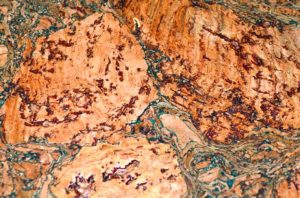
Cork is the “lightweight, elastic outer bark of a cork oak tree.” (2)
Cork forests are some of the most sustainable and environmentally harvested forests in the world. According to the Cork Forest Conservation Alliance, “approximately 6.6 million acres of Mediterranean cork forest extend across Portugal, Spain, Algeria, Morocco, Italy, Tunisia and France.” (3) In fact, the majority of the world’s cork comes from Portugal. Bangor Cork, a producer of cork supplies for home, design and crafts claims, “these oak forests support one of the world’s highest levels of forest biodiversity, second only to the Amazonian Rainforest.” (3) WOW!
The cork industry employs more than 15,000 workers in factories and commercial departments. In addition, 10,000 seasonal workers tend the harvest and maintain the oak forests. The sale of cork and cork products exceeds $1.5 billion annually. Of this, the cork stopper represents $1.1 billion and the sale of agglomerated cork, cork flooring and other related products is $400 million. (4)
Why Has It Become So Popular? (3)
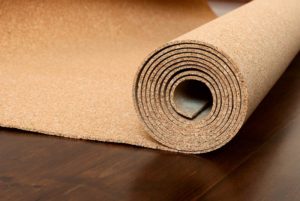
- Cork is a natural yet sustainable material, “something more and more manufacturers are tapping into as eco-awareness grows.” (5) In recent years, “the increase in the price of oil and its derivatives has brought an increase in the use of cork as a means of saving energy.” (3)
- Cork is unique, offering a variation of grain, texture and color choices. No two pieces of cork are the same.
- Cork is recyclable and biodegradable, as it’s reused and ground to make agglomerated cork products. Cork can earn points toward Green Star and LEED certification in design.
- Cork has an unmatched cellular structure, making it antistatic, antimicrobial and water-resistant (not completely waterproof), which makes it great for people with allergies.
- Cork is resistant, lightweight, low-density and buoyant. This durable material is one of the most insulate of any natural materials due to its low conductivity of heat, vibrations and sound. It is the only sold material that retains its width while compressed vertically. The capability of the material to rebound to its original shape makes it resistant to wear and tear, increasing longevity.
Why Can It Be Used For So Many Things?
Ancient Egypt and Beyond
The Ancient Greeks and Romans used cork. Cork was even found in the tombs of Ancient Egyptians dating back thousands of years. These Ancient and resourceful people understood the value and flexibility of the cork material and made buoys, sealed vessels, crafted sandals, corked wine and olive oil, constructed homes and even produced life jackets! (4)
Construction
Cork, with its cellular structure, offers a high level of thermal insulation. Consequently, a large percentage of Portugal’s annual production is used to make expanded cork agglomerate. This is made from cork granules of various sizes and is widely used in insulation of roofs, walls, floors and ceilings. (4)
Technology
Perhaps the most exciting development in the use of cork has been as the protective heat shield in missiles and spacecraft including the Space Shuttle. Fire retardant cork agglomerate is also used in warships (cork floats) and the electrical industry to stop leaks of fluid in modern transformers. In laboratory areas, cork is ideal as a base for the protection of work surfaces. (4)
Leisure Activities
According to Manton Cork, the largest importer of finished and semi-produced cork products in the United States, “hockey, golf and cricket balls, as well as baseballs and shuttlecocks often include cork components, as do table tennis bats, the pea in whistles, golf clubs, dart boards and fireworks!” (4) Who knew?
Design
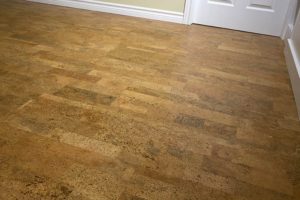
A natural product, cork warms and enriches interiors. It blends well with other materials and comes in a rage of colors from its familiar honey tones to green, red, chocolate or nearly black. Functionally, it’s also very attractive. In addition to giving thermal and sound insulation, it needs minimal maintenance. (4)
Cork floor tiles are quiet, warm and comfortable (cork has “give”). Highly abrasion resistant, cork floor tiles are often used in public buildings including schools, hospitals, shops, offices, museums, airports, hotels, restaurants and the like. The distinctive look and durability of cork tiles makes them a perfect choice. The resistance to humidity and their non-slip surface make them especially suitable for kitchens, bathrooms and laundries but their use can also extend to bedrooms, living rooms and game rooms (cork is perfect for a pool table area). (4)
Try cork wallpaper! It’s made of thin sheets of cork glue together on a colored backing paper. There’s an enormous range of products available. These are great for a rustic, modern-mountain home, or a sleek, contemporary city apartment.
Cork is also great for: (5)
- Lighting
- Multi-Purpose Furniture Pieces
- Accessories like Vases and Jars
- Pin-Up Boards
- Wall Tiles
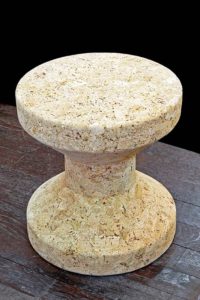
“Beyond flooring, benches and wall coverings, cork furniture and upholstery are gaining momentum in interior design,” boasts Murrato, a brand name in cork wall coverings. “Cork can be ground and shaved to be applied to soft furnishings while its natural grain can be tinted and stained to develop a multitude of pattern and color finishes. Like many natural materials that have been around for centuries, the design industry can expect the continuing resurgence of cork for its environmental benefits and flexible application opportunities in interiors.” (6)
With all of the advantages of cork, it’s easy to see why it’s become so popular, and why it’s being used in so many different ways. Cork isn’t always the least expensive option, but its characteristics sure outweigh the alternatives.
Sources
(1) https://www.ft.com/content/c3139604-ffa8-11e4-bc30-00144feabdc0
(2) http://www.thefreedictionary.com/cork
(3) https://www.bangorcork.com/cork-uses-6673
(4) http://www.mantoncork.com/uses-for-cork/
(5) https://www.houzz.co.uk/ideabooks/44938266/list/decorating-how-to-add-tactile-cork-to-your-interior
(6) http://www.muratto.com/en/about-us
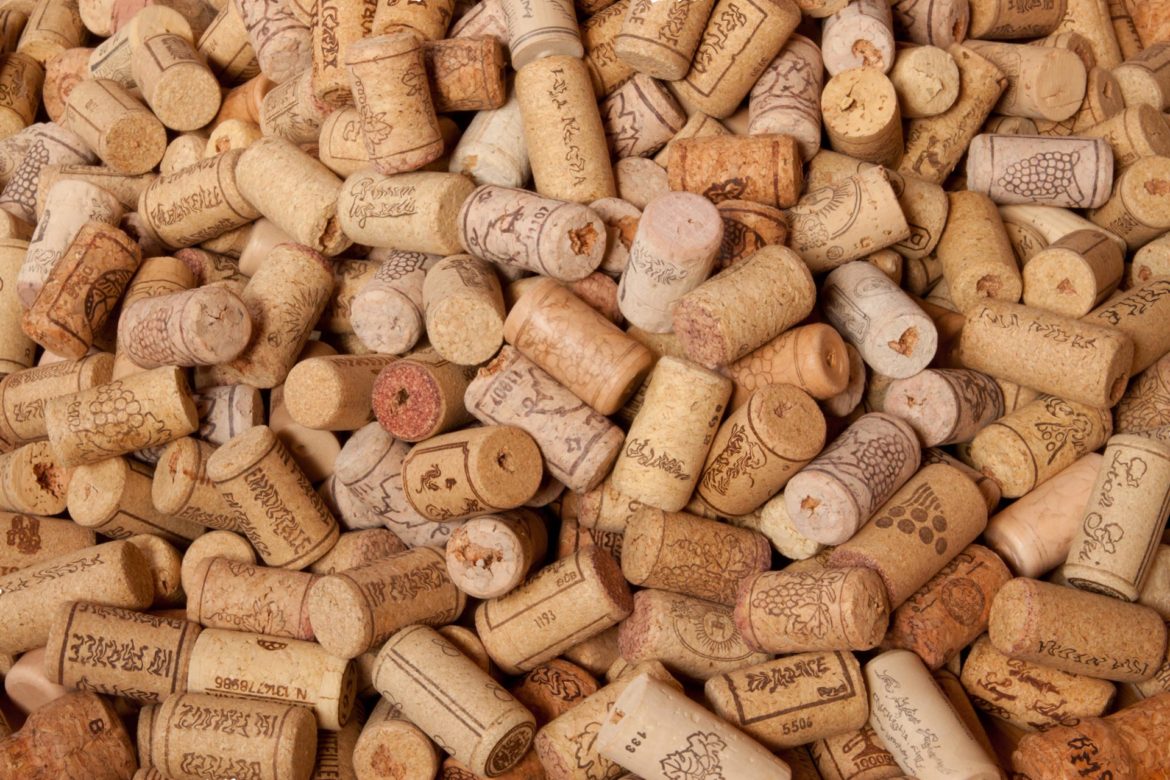
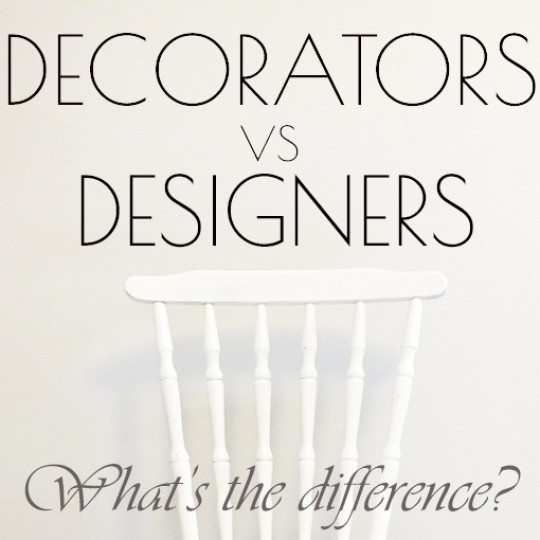

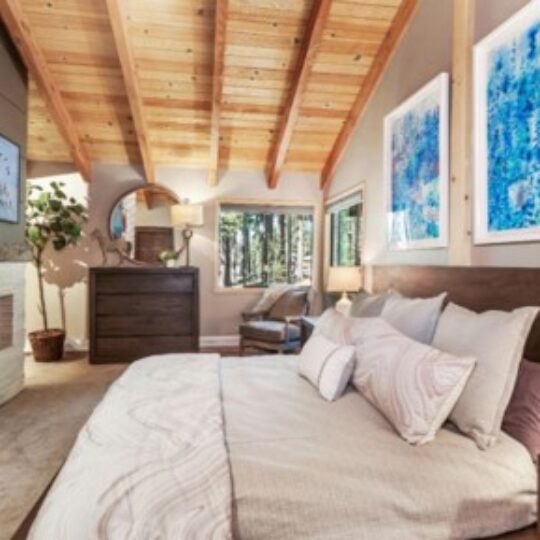





Sorry, the comment form is closed at this time.